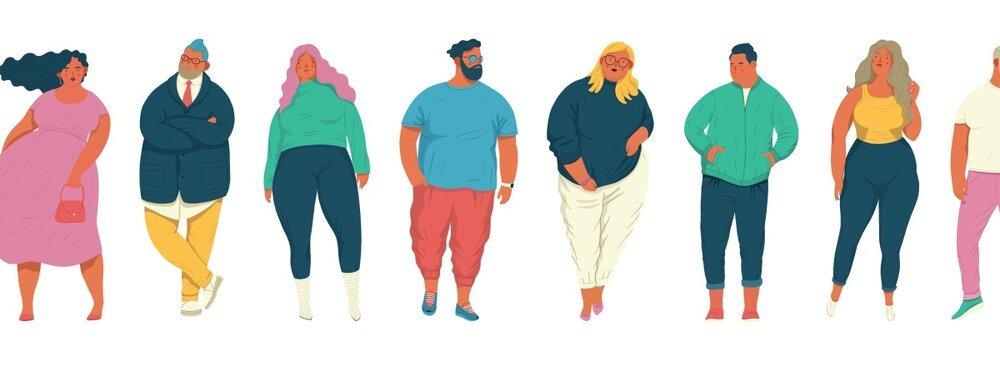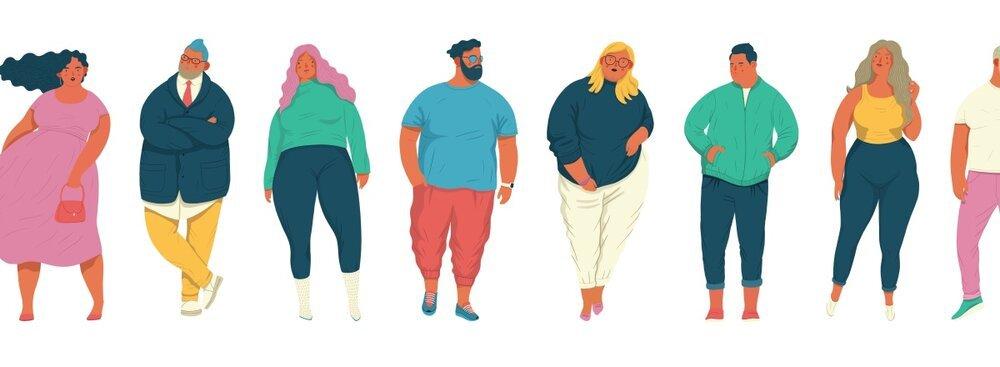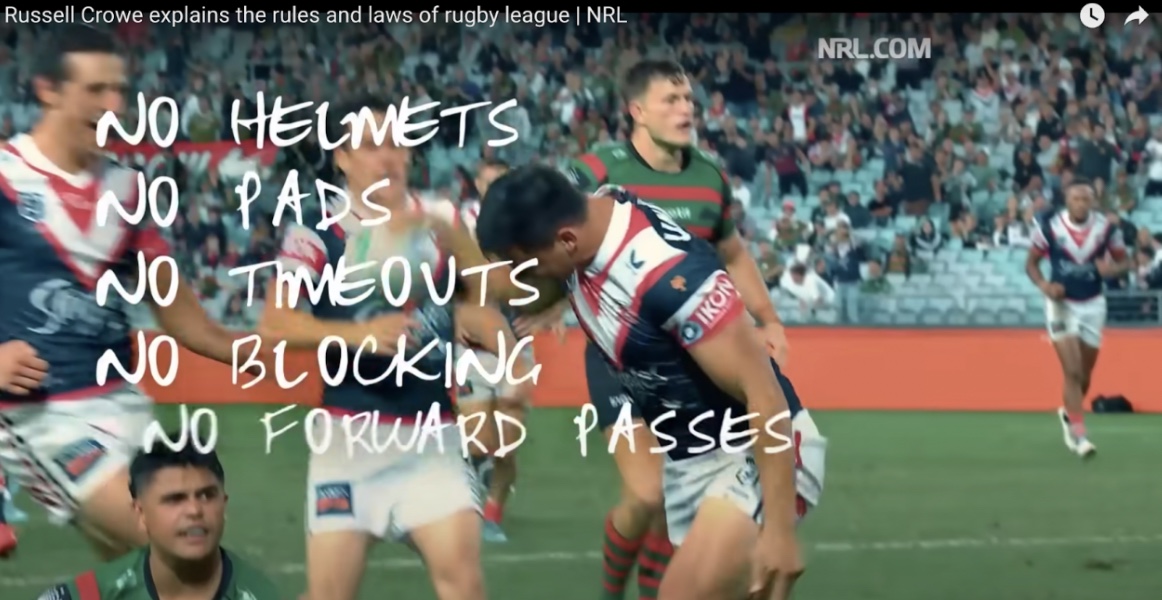In an effort to redefine the word “fat”, the HUB offered a discussion-based workshop series as an equitable space for students, called “What’s Fat Got To Do With It?” This workshop is offered as a valuable resource for many students, aiming to cover a number of topics surrounding fatness, as well as normalizing all body types.
Janae Due, a facilitator for the event, aimed to redefine what it means to be fat, and how this looks different to everyone. Due also shared her opinions on how people need to be taught to “own their fatness.” While this isn’t something to be ashamed of, societal expectations incorrectly teach many people that “calling someone big” is the more respectful term over calling someone fat. However, this is widely seen as “dancing around the idea of what they truly mean,” and Due aims to empower students through the idea of truly “owning their fatness.”
While fat looks different on each person, it isn’t widely taught that weight distribution is different with each and every body. One quote that seemed to come as a shock was that, “body shapes are a huge indicator as to how someone is treated.” An example of this would be how a pear shaped body holds their weight differently than an apple shaped body, and Due defined this to show students that they should love their body instead of comparing it to others.
Our society, and more specifically “hook-up culture” praises being “thick” but emphasizes the fact that you need to be “thick” in the right places in order to be perceived as attractive. An example of this would be the “more attractive” expectations of carrying extra weight in your butt, compared to carrying extra weight in your stomach. These “societal expectations” are forced onto people as they go through puberty, and are upheld throughout their journey to adulthood. However, it is rare that these expectations are challenged and that people are taught how to combat the insecurities that are inevitable. It is important for students to find a community that accepts them for how they come and sees their beauty, not one that tears them down.
Due continues on, touching on the impact of “headless fatties” in the media, which is an act committed by the mainstream media to cut the head of a fat person’s body out of a photo or video. This insinuates that “fat people are ashamed of the way their body looks,” so media outlets outright cut their head out of pictures. By doing this, the media is speaking for the person in the photo/video, and the person “quite literally has no mouth to fight for what they believe. This act is a direct example of the media aiming to make people feel insecure of the way they look. Students shared their thoughts on “headless fatties”, stating that they think it feels “dehumanizing, degrading, and objectifying.”
Another fact that was addressed during the seminar is how fashion is different for a fat person. Clothing is not generally designed in a way to look as appealing to a fat person as it would be to a thin person. Fat people are limited to very few brands and clothing stores that carry good looking clothes in their size, while thin people have the luxury of finding cute and fashionable clothing at just about any store.
With a helpful workshop like this at Sonoma State, students will feel welcomed by the HUB to talk about their experiences as a fat person, while being able to listen to other experiences throughout recent years. The HUB will continue with this discussion-based workshop, as part of a three-part series to explore anti-fatness, as well as how to combat it within ourselves and within our community.
COURTESY // seawolfliving.com
This three-part discussion based workshop series invites participants to consider what creating an equitable space for all bodies, especially “fat” bodies, looks like.





![[Both photos courtesy of sonoma.edu]
Ming-Ting Mike Lee stepped in as the new SSU president following Sakakis resignation in July 2022](https://sonomastatestar.com/wp-content/uploads/2024/04/CC4520AB-22A7-41B2-9F6F-2A2D5F76A28C-1200x1200.jpeg)



























